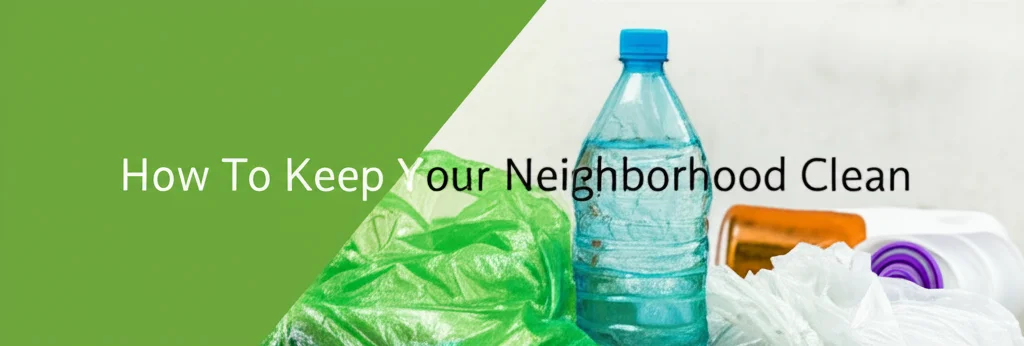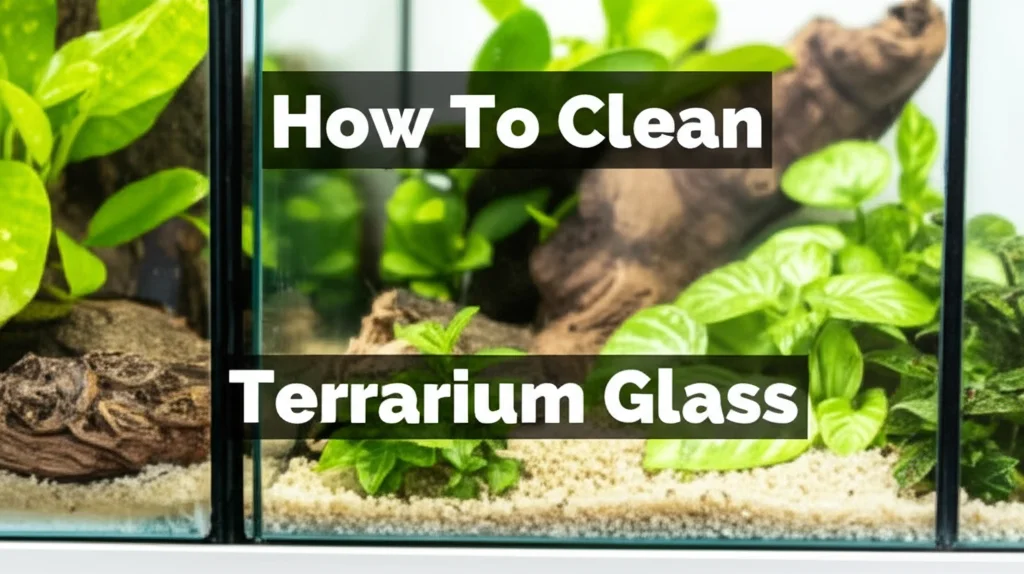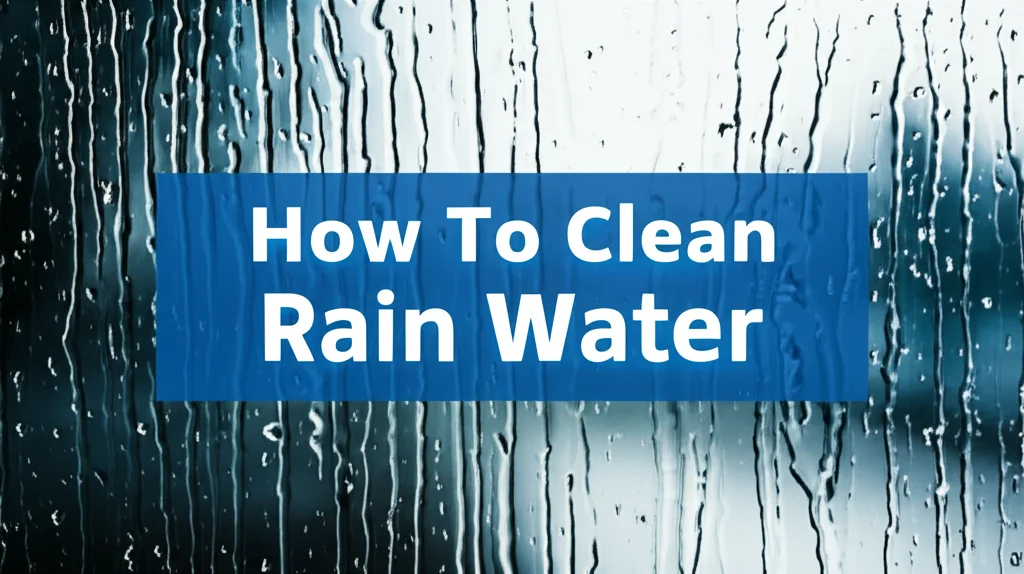· Home & Garden · 8 min read
How To Keep Your Neighborhood Clean

A Sparkling Neighborhood Starts With You!
Ever wish your neighborhood felt a little fresher, a little more inviting? A clean neighborhood isn’t just aesthetically pleasing; it boosts property values, fosters community spirit, and contributes to a healthier environment. Keeping your neighborhood clean is a team effort, and it doesn’t require massive undertakings. This article will provide you with practical, actionable steps you can take today to make a real difference. We’ll cover everything from simple daily habits to organizing larger community cleanups, ensuring a beautiful and welcoming space for everyone. Let’s explore how to keep your neighborhood clean and create a place we can all be proud to call home.
Quick Answer: Keeping your neighborhood clean involves consistent individual efforts like proper waste disposal and regular yard maintenance, combined with community initiatives like organized cleanups and reporting issues to local authorities.
Takeaway: Small, consistent actions from residents, coupled with community collaboration, are the key to maintaining a clean and enjoyable neighborhood.
1. The Power of Personal Responsibility: Daily Habits for a Cleaner Neighborhood
It all starts with us! Taking personal responsibility for the cleanliness around your own property is the foundation of a tidy neighborhood. This isn’t about grand gestures; it’s about incorporating small, consistent habits into your daily routine. Think of it as contributing your part to a collective effort.
- Proper Waste Disposal: Ensure your trash and recycling bins are properly sealed and placed out on collection days. Overflowing bins attract pests and create an unsightly mess. Consider using smaller bins if your household doesn’t generate a lot of waste.
- Yard Maintenance: Regularly mow your lawn, trim hedges, and remove weeds. An unkempt yard can quickly detract from the overall appearance of the neighborhood.
- Pet Waste Removal: Always clean up after your pets. Leaving pet waste on sidewalks or lawns is not only unpleasant but also a health hazard. Carry bags with you on walks and dispose of waste properly.
- Secure Your Trash: Wind can easily scatter loose trash. Make sure lids are secure on all bins, and consider weighing down lids with a brick or bungee cord during windy conditions.
- Sweep Sidewalks: A quick sweep of the sidewalk in front of your home can make a big difference. Removing leaves, dirt, and debris keeps the area looking neat and tidy.
2. Organizing a Neighborhood Cleanup: Strength in Numbers
Sometimes, a little extra effort is needed to tackle larger messes. Organizing a neighborhood cleanup is a fantastic way to bring residents together and make a significant impact. It’s also a great opportunity to build community bonds.
- Planning is Key: Choose a date and time that works for most people. Consider a weekend morning. Create a sign-up sheet to gauge interest and assign tasks.
- Gather Supplies: Provide trash bags, gloves, and safety vests. You can often borrow these from your local municipality or community organizations. Consider asking local businesses to donate supplies.
- Focus Areas: Identify areas that need the most attention, such as parks, streets, and common areas. Divide the neighborhood into zones and assign teams to each zone.
- Promote the Event: Spread the word through flyers, social media, and email. The more people who participate, the more effective the cleanup will be.
- Proper Disposal: Arrange for the proper disposal of collected trash and recyclables. Contact your local waste management company for guidance. You can learn more about proper waste disposal at https://www.beacleaner.com/how-to-remove-baking-soda-residue-from-tile/.
3. Reporting Issues to Local Authorities: Be a Neighborhood Advocate
Sometimes, cleanliness issues are beyond the scope of individual or community efforts. That’s where local authorities come in. Being a proactive neighborhood advocate means reporting issues promptly and effectively.
- Illegal Dumping: Report any instances of illegal dumping to your local police department or environmental agency. Provide as much detail as possible, including the location, date, and time.
- Graffiti: Report graffiti to the appropriate authorities. Many cities have programs to remove graffiti quickly.
- Broken Streetlights: Report broken streetlights to your local utility company. Proper lighting is essential for safety and security.
- Overgrown Vegetation: Report overgrown vegetation that obstructs sidewalks or visibility.
- Abandoned Vehicles: Report abandoned vehicles to the police department. These vehicles can be eyesores and potential safety hazards.
4. Educating Your Neighbors: Spreading the Cleanliness Message
A clean neighborhood isn’t just about doing; it’s about understanding. Educating your neighbors about the importance of cleanliness and providing them with resources can help foster a culture of responsibility.
- Share Information: Distribute flyers or newsletters with tips on keeping the neighborhood clean.
- Lead by Example: Your own actions can inspire others. When your neighbors see you taking pride in your property, they’re more likely to do the same.
- Community Meetings: Discuss cleanliness issues at community meetings and brainstorm solutions together.
- Social Media Groups: Utilize neighborhood social media groups to share information and encourage participation in cleanup efforts.
- Promote Responsible Practices: Encourage neighbors to use eco-friendly cleaning products and reduce their waste. Consider sharing resources on how to clean effectively and sustainably, like tips for cleaning hardwood floors with vinegar: https://www.beacleaner.com/how-to-clean-hardwood-floors-with-vinegar/.
5. Maintaining Common Areas: Shared Responsibility, Shared Benefits
Common areas, such as parks, playgrounds, and community gardens, require special attention. These spaces are enjoyed by everyone, so maintaining their cleanliness is a shared responsibility.
- Regular Inspections: Conduct regular inspections of common areas to identify any issues.
- Trash Receptacles: Ensure there are enough trash receptacles in common areas and that they are emptied regularly.
- Volunteer Groups: Organize volunteer groups to help maintain common areas.
- Adopt-a-Park Programs: Participate in adopt-a-park programs, where you commit to cleaning and maintaining a specific park or area.
- Report Vandalism: Report any instances of vandalism to the appropriate authorities. Addressing vandalism promptly prevents further damage and discourages future incidents.
6. Dealing with Specific Challenges: Tackling Tough Messes
Sometimes, you’ll encounter specific cleanliness challenges that require specialized solutions. Being prepared to tackle these messes can help keep your neighborhood looking its best.
- Graffiti Removal: Use appropriate graffiti removal products and techniques. Be careful not to damage the underlying surface.
- Gum Removal: Use a gum removal product or a pressure washer to remove gum from sidewalks and other surfaces.
- Stain Removal: Address stains promptly to prevent them from becoming permanent. Different stains require different cleaning solutions. For example, if you’re dealing with tough stains on your floors, you might consider learning how to clean floor grout without scrubbing: https://www.beacleaner.com/how-to-clean-floor-grout-without-scrubbing/.
- Leaf Removal: Rake or blow leaves regularly to prevent them from accumulating and clogging drains.
- Snow Removal: Clear sidewalks and driveways promptly after snowfall to ensure safe passage for pedestrians and vehicles.
7. Preventing Future Messes: Proactive Measures for Long-Term Cleanliness
The best way to keep your neighborhood clean is to prevent messes from happening in the first place. Taking proactive measures can save you time and effort in the long run.
- Encourage Responsible Behavior: Promote responsible behavior among residents, such as proper waste disposal and pet waste removal.
- Install Signage: Install signage reminding people to keep the neighborhood clean.
- Community Events: Host community events that promote cleanliness and environmental awareness.
- Partner with Local Businesses: Partner with local businesses to promote cleanliness and sustainability.
- Regular Maintenance: Schedule regular maintenance of common areas to prevent issues from escalating.
Frequently Asked Questions (FAQs)
Q: What should I do if I see someone illegally dumping trash? A: Report it immediately to your local police department or environmental agency. Provide as much detail as possible, including the location, date, time, and a description of the vehicle involved. Documenting the incident with photos or videos can also be helpful.
Q: How can I get my neighbors involved in a neighborhood cleanup? A: Start by creating a flyer or email outlining the details of the cleanup. Share it through neighborhood social media groups and post it in common areas. Make it fun and inviting!
Q: What’s the best way to remove graffiti from a brick wall? A: Use a graffiti removal product specifically designed for brick. Follow the manufacturer’s instructions carefully and test the product in an inconspicuous area first. You can find more information on cleaning surfaces at https://www.beacleaner.com/how-to-remove-mold-from-painted-walls/.
Q: What if I’m unable to physically participate in a cleanup? A: You can still contribute! Offer to help with planning, supply gathering, or promotion. You can also donate supplies or offer refreshments to volunteers.
Q: Who is responsible for cleaning up trash on the street? A: Typically, the local municipality is responsible for street cleaning. However, reporting the issue to them ensures it gets addressed promptly.
A Cleaner Neighborhood is a Happier Neighborhood
Keeping your neighborhood clean is an ongoing effort, but the rewards are well worth it. A clean environment enhances quality of life, fosters community pride, and creates a more welcoming space for everyone. By taking personal responsibility, organizing community initiatives, and advocating for cleanliness, you can make a real difference. Remember, even small actions can have a big impact. Let’s work together to create a neighborhood we can all be proud to call home! Start today – your neighborhood will thank you for it.




